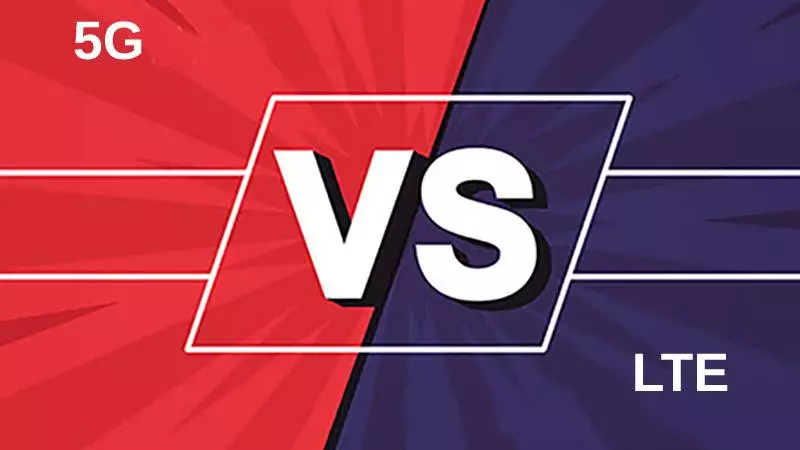Comparing 5G and LTE: Which Offers Superior Performance?
In the world of mobile communication, technology is continually evolving to meet our increasing demands for faster and more reliable connectivity. Long-Term Evolution (LTE) has been the gold standard for mobile networks for many years, but a new contender has emerged – the fifth-generation wireless technology, commonly known as 5G.
As 5G deployment gains momentum worldwide, users are curious to know if 5G is truly better than LTE. In this blog, we’ll explore the key differences between LTE and 5G and determine whether 5G lives up to the hype.
Understanding LTE and 5G:
LTE, often referred to as 4G LTE, is the fourth generation of mobile communication technology. It brought significant improvements over its predecessor, 3G, by offering faster data speeds, lower latency, and better overall performance. LTE has been the foundation of our mobile internet experience for years, enabling us to stream videos, browse the web, and download files with relative ease.


On the other hand, 5G is the latest and most advanced generation of wireless technology. It promises to take connectivity to unprecedented levels with blazing-fast data speeds, ultra-low latency, massive device connectivity, and the potential to revolutionize industries through the Internet of Things (IoT) and augmented reality (AR) applications.
Key Differences: LTE vs 5G
- Data Speeds: One of the primary advantages of 5G over LTE is its remarkable data speeds. While LTE can offer download speeds of up to several hundred megabits per second (Mbps), 5G is capable of delivering download speeds in the gigabit per second (Gbps) range. This means that 5G can download large files, stream 4K videos, and support bandwidth-intensive applications much faster than LTE.
- Latency:Latency refers to the time it takes for data to travel from the source to the destination. 5G offers significantly lower latency compared to LTE, reducing the delay between initiating an action and the response. This low latency is crucial for real-time applications like online gaming, autonomous vehicles, and remote surgery.
- Capacity and Device Density:5G is designed to handle a higher number of connected devices per unit area compared to LTE. This improvement is essential for the growing number of smart devices and IoT applications that require constant connectivity.
- Network Efficiency:5G is more efficient in terms of how it utilizes radio spectrum and allocates resources to devices. This efficiency translates to better overall performance, reduced network congestion, and improved battery life for devices connected to 5G networks.
- Coverage:While LTE networks are widespread and provide relatively good coverage, 5G is still in the process of expanding its coverage footprint. LTE currently has a more extensive coverage area compared to 5G, but as 5G deployment progresses, its coverage is expected to catch up and eventually surpass LTE.

Conclusion
In summary, 5G offers significant improvements over LTE, making it a better choice for future mobile communication needs. Its unparalleled data speeds, lower latency, higher device density, and improved network efficiency open up a world of possibilities for innovative applications and services. However, it’s important to note that the complete transition to 5G will take time, and LTE will continue to be an essential part of our mobile networks for the foreseeable future.
As 5G infrastructure continues to expand and become more accessible, users can look forward to a new era of connectivity, enabling transformative technologies and revolutionizing the way we live, work, and communicate.
So, while LTE has served us well for many years, 5G stands poised to redefine what’s possible in the world of mobile communication and propel us into a future of unparalleled connectivity.
